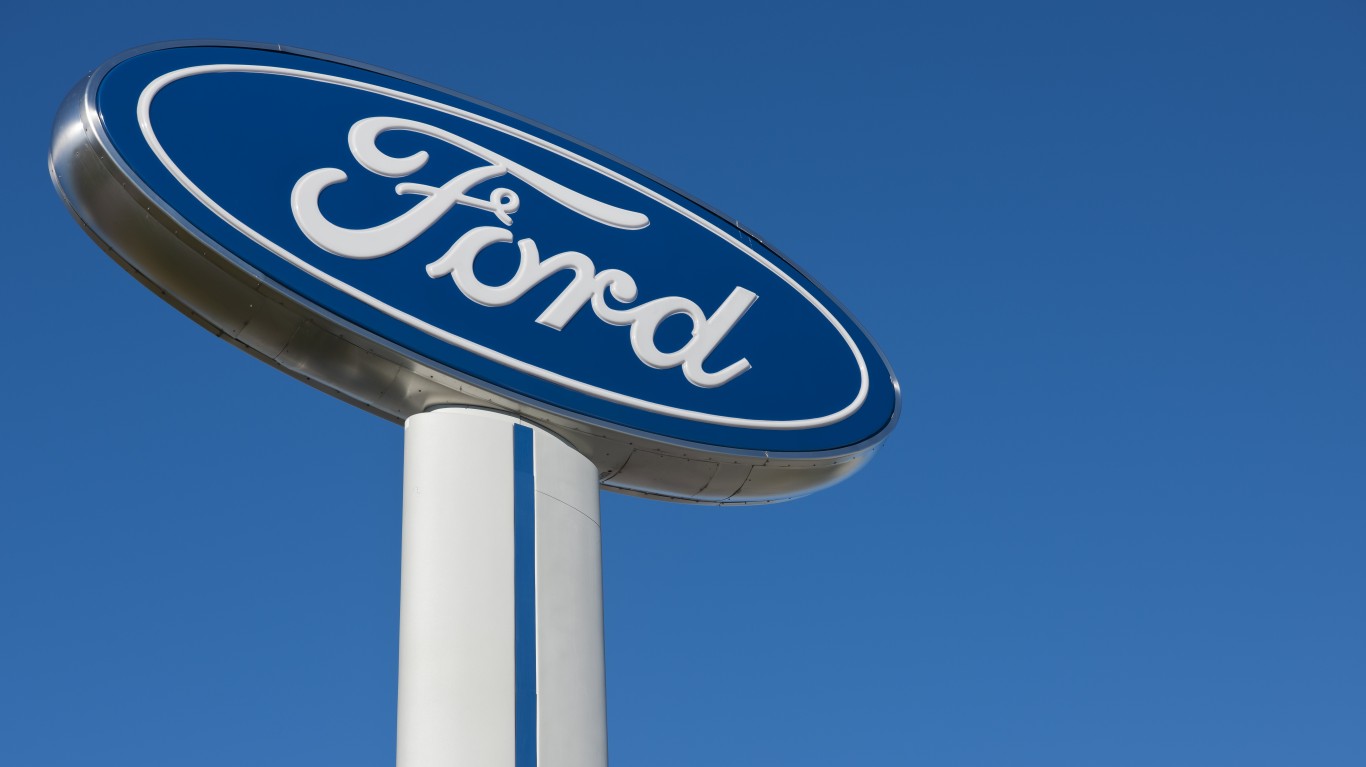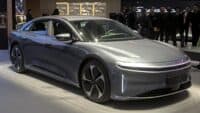
In 2016, the average age of a light vehicle (car, sport utility vehicle or pickup) in the U.S. fleet of about 264 million light vehicles reached an all-time high of 11.6 years. The vast majority are powered by internal combustion engines that use either gasoline or diesel fuel, but there are increasing numbers of electrified vehicles entering the fleet.
Vehicles 16 or more years old are the fasting growing segment of the fleet and that is a function both of the higher quality of vehicles being built today and the rising cost of new vehicles. The only electrified vehicles that were sold in the United States 16 years ago were the Prius hatchback from Toyota Motor Corp. (NYSE: TM) and the Insight from Honda Motor Co. Ltd. (NYSE: HMC).
As of last February, Toyota had sold 10 million of its Prius hybrid electric vehicles worldwide and nearly 3.2 million in North America since arriving on U.S. showroom floors in 2000. How many remain on the road is more nearly impossible to figure out, so instead we used Kelley Blue Book’s trade-in calculator to find the value of a 2001 white Prius with standard options and mileage of around 150,000.
That vehicle has a trade-in value range of $389 to $932 on a car that cost roughly $20,000 brand new 16 years ago. But it’s still running, and not only that, it’s running pretty well.
A few years ago Consumer Reports compared the performance of a 2001 Prius that the consumer organization tested in 2001 when the car had 2,000 miles on the odometer to a nine-year old 2002 Prius with 206,000 miles. The overall fuel economy had dropped from 40.6 mpg to 40.4 mpg and mileage in city driving had actually risen from 30.5 mpg to 32.1 mpg.
On performance tests, the 0 to 60 mph spec rose from 12.7 to 13.1 seconds and the top speed in a quarter-mile run had declined from 74.6 mph to 73.6 mph. The Consumer Reports story noted:
Our testers were also amazed how much the car drove like the new one we tested 10 years ago. It certainly didn’t seem like a car that had traveled nearly the distance to the Moon. We were also surprised to learn that the engine, transmission, and even shocks were all original.
What about an all-electric vehicle like the Model S from Tesla Inc. (NASDAQ: TSLA)? These high-performance cars belong in an altogether different league from the compact Prius. The battery will deteriorate over time, but at what rate?
A report at TeslaCentral.com from June of 2016 indicates that for every 100,000 miles driven, the battery in a Model S 60, 85, or 85P will lose about 23.42 miles of total range. The Model S 60kWh-battery starts with a range rating of 208 miles, and the 85kWh-versions are both rated at 265 miles.
The drive train, whether hybrid or all-electric, is not really a significant issue in how long an electrified vehicle will last. Just like fossil-fueled cars, when the cost of making a repair exceeds the resale value of the car or bits begin falling off now and then, it’s time to think about buying another car. And a five-year old electric might be a good value because electric cars depreciate at a quicker pace than fossil-fueled cars. They also sell more quickly, so don’t waste time.
In general, then, there’s no reason to believe an electrified car will end up on the scrap heap of history any sooner than its gasoline- or diesel-powered cousins.
Travel Cards Are Getting Too Good To Ignore (sponsored)
Credit card companies are pulling out all the stops, with the issuers are offering insane travel rewards and perks.
We’re talking huge sign-up bonuses, points on every purchase, and benefits like lounge access, travel credits, and free hotel nights. For travelers, these rewards can add up to thousands of dollars in flights, upgrades, and luxury experiences every year.
It’s like getting paid to travel — and it’s available to qualified borrowers who know where to look.
We’ve rounded up some of the best travel credit cards on the market. Click here to see the list. Don’t miss these offers — they won’t be this good forever.
Thank you for reading! Have some feedback for us?
Contact the 24/7 Wall St. editorial team.
 24/7 Wall St.
24/7 Wall St.



